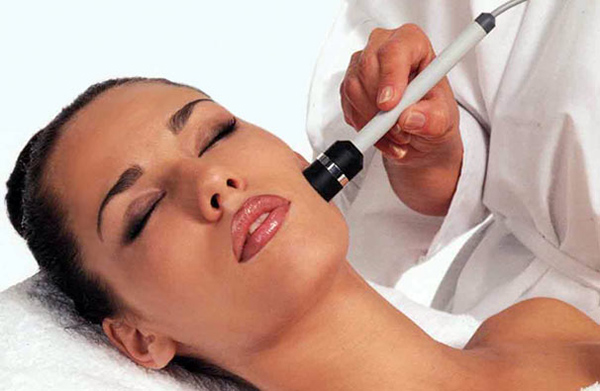Several genetic and environmental factors can contribute to the aging process. One of the main aging mechanisms involves collagen, a protein that acts as the main support for the skin. The loss of collagen is a natural mechanism of the aging process. A series of treatments can revitalize it and lead to the production of new collagen. One of the most used in aesthetic medicine is radiofrequency, practiced with specific handpieces that produce a radiofrequency emission, able to determine the contraction of the superficial and deep collagen fibers, up to the muscle fascia. The radiofrequency modifies the electric field of the area treated with heat production. These probes usually combine infrared, mono, bipolar and multipolar radiofrequency with mechanical manipulation and a slight vacuum suction.
Collagen is a triple-helix structure held together by hydrogen bonds. When heat is applied at a constant level, the hydrogen bonds break and cause the denaturing of the collagen. As a consequent effect there is a stimulation of the fibroblast activity with the synthesis of new collagen and increase of the histologically proven dermal density. Other results are reduction of wrinkles, cellulitis and body mass, improvement of blood circulation, promoting lymphatic drainage, increase of permeability and metabolism of fat cells.
In a recent review published in J Dermatol & Ther 12017 the numerous advantages and new challenges of using radiofrequency in aesthetic medicine are analyzed.
Narsete, Thomas, and Daniel S. Narsete. “Evaluation of Radiofrequency Devices in Aesthetic Medicine: A Preliminary Report.” J Dermatol & Ther 1.102 (2017): 6-8.










